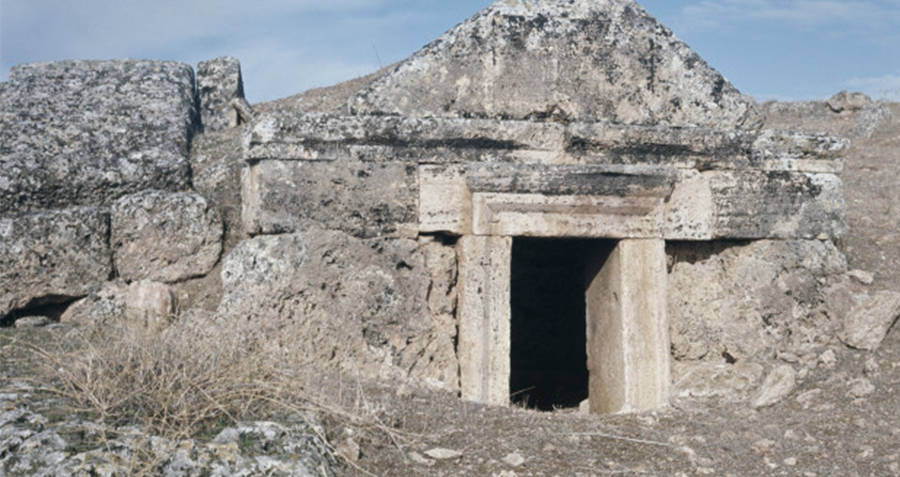Dating back to ancient Greek writings, people have been avoiding the temple for fear of death.Dating back to ancient Greek writings, people have been avoiding the temple for fear of death.

New York PostThe entrance to the portal to hell, in the ancient city of Hierapolis, in modern day Turkey.
In southern Turkey, there lies an ancient temple, dubbed the “Portal to Hell.” For years, there have been a series of unexplained deaths near the temple, as any beast that’s come in contact with it has dropped dead under mysterious circumstances.
Now, however, researchers have finally solved the mystery.
It was not the breath of Hades, the mythological god of the underworld
that felled the beasts, but a much more common phenomenon. Deadly
concentrations of C02 gas were found near the entrance to the temple,
which lies in the ancient city of Hierapolis. Dating back to ancient Greek writings, people have been avoiding the
temple for fear of death, and ancient Greek geographer Strabo referred
to it as a deadly place to set foot.
“This space is full of a vapour so misty and dense that one can
scarcely see the ground,” he wrote. “Any animal that passes inside meets
instant death. I threw in sparrows and they immediately breathed their
last and fell.”
His writings do have some truth to them, as birds have recently been
found dead near the entrance, apparently after attempting to enter
through the door. Also found at the site were columns inscribed with
dedications to the gods of the underworld as if in a plea to be spared
from death. According to archeologist Francesco D’Andria, who works on the site,
the area’s lethal properties could be seen almost immediately.
“We could see the cave’s lethal properties during the excavation,”
she said. “Several birds died as they tried to get close to the warm
opening, instantly killed by the carbon dioxide fumes.”
D’Andria also claims they found evidence that birds were given to
pilgrims to test the effects of the cave, as well noted the rumor that
priests sacrificed bulls to the underworld gods while hallucinating from
the toxic fumes. The fumes of CO2 found at the site were at deadly levels, leading the
archeologists to believe that the temple sits above a fault line.
“In a grotto below the temple of Pluto, CO2 was found to be at deadly
concentrations of up to 91 percent,” the study said. “Astonishingly,
these vapors are still emitted in concentrations that nowadays kill
insects, birds, and mammals.”



No comments:
Post a Comment